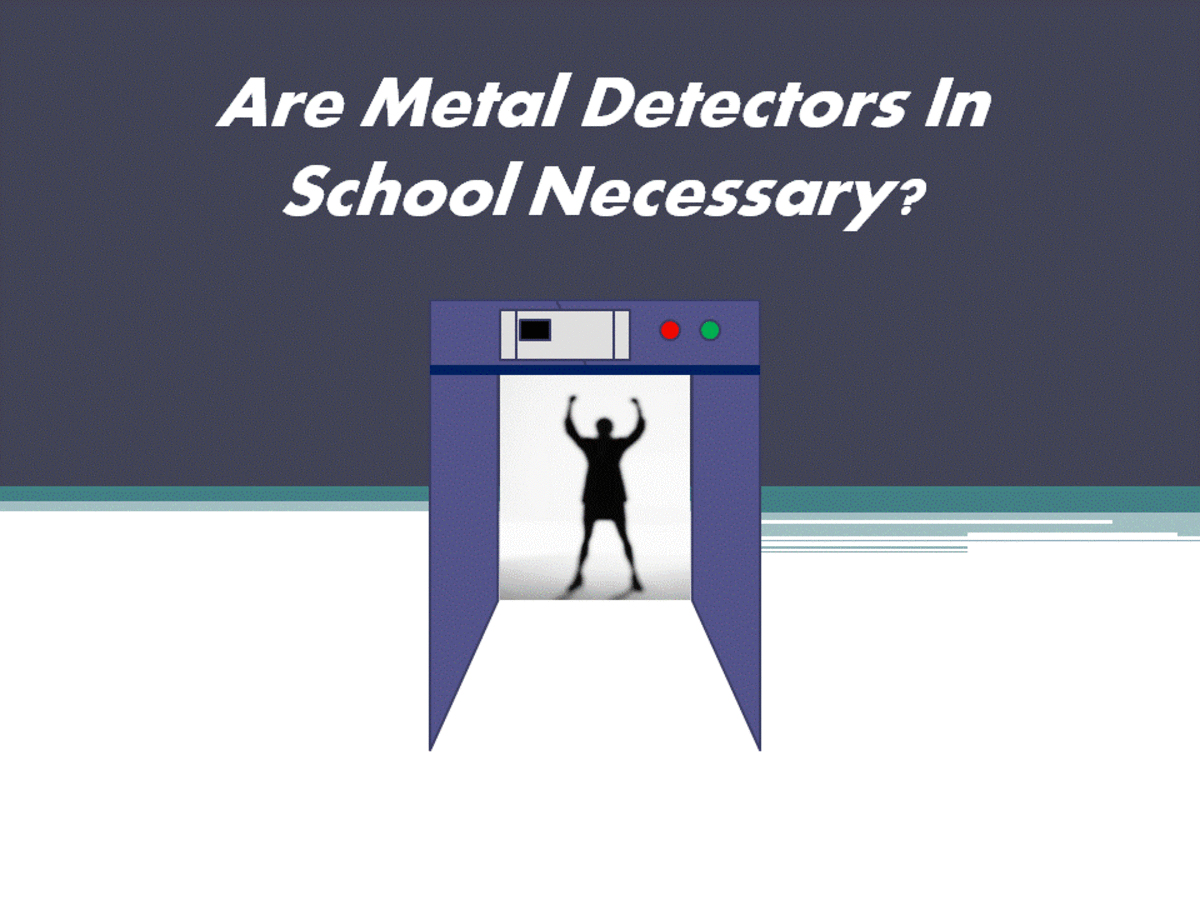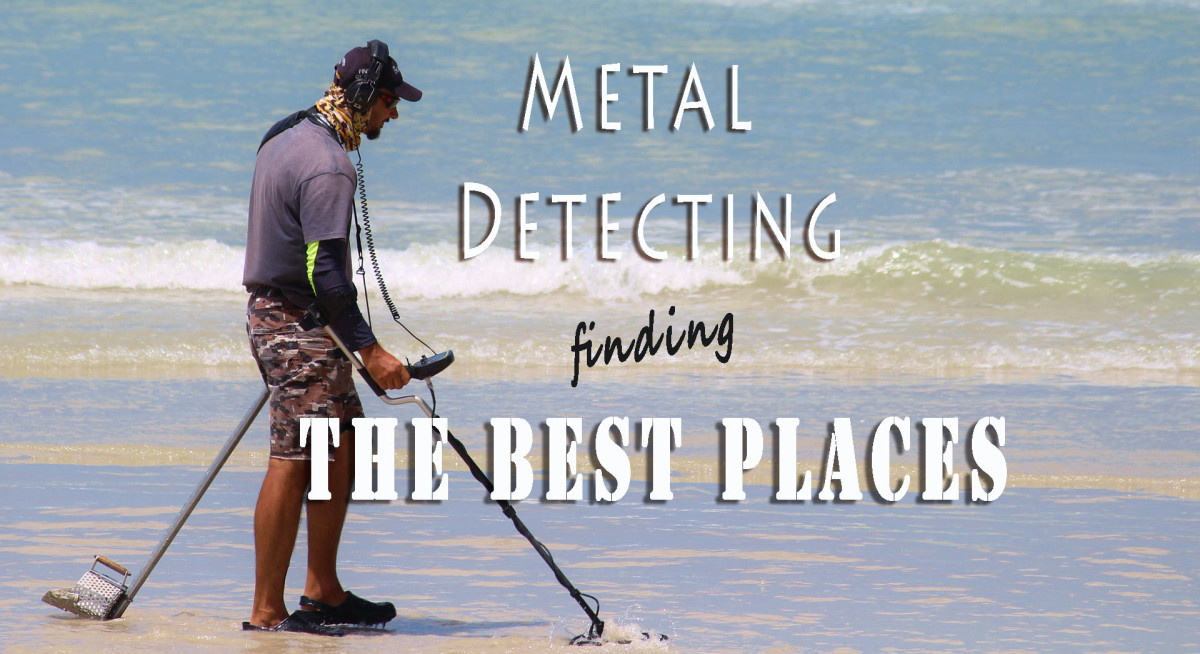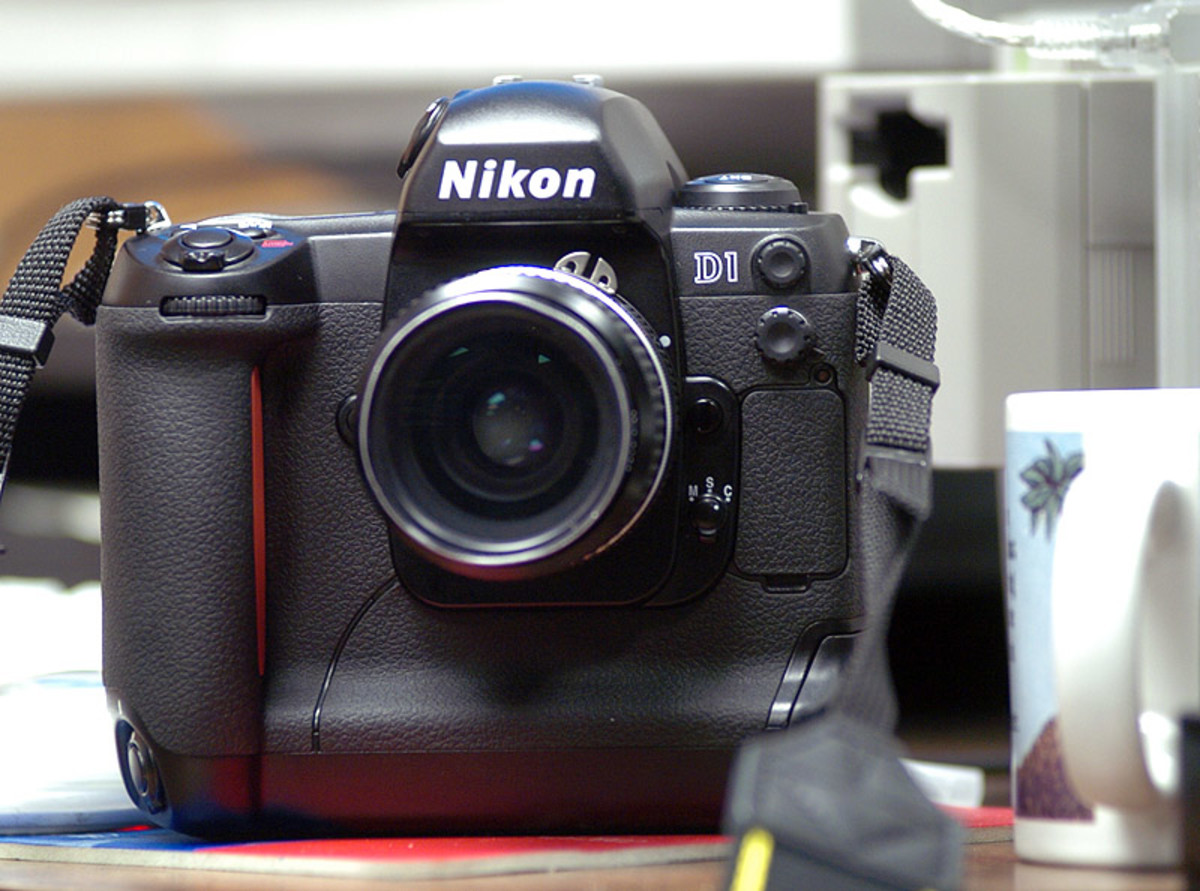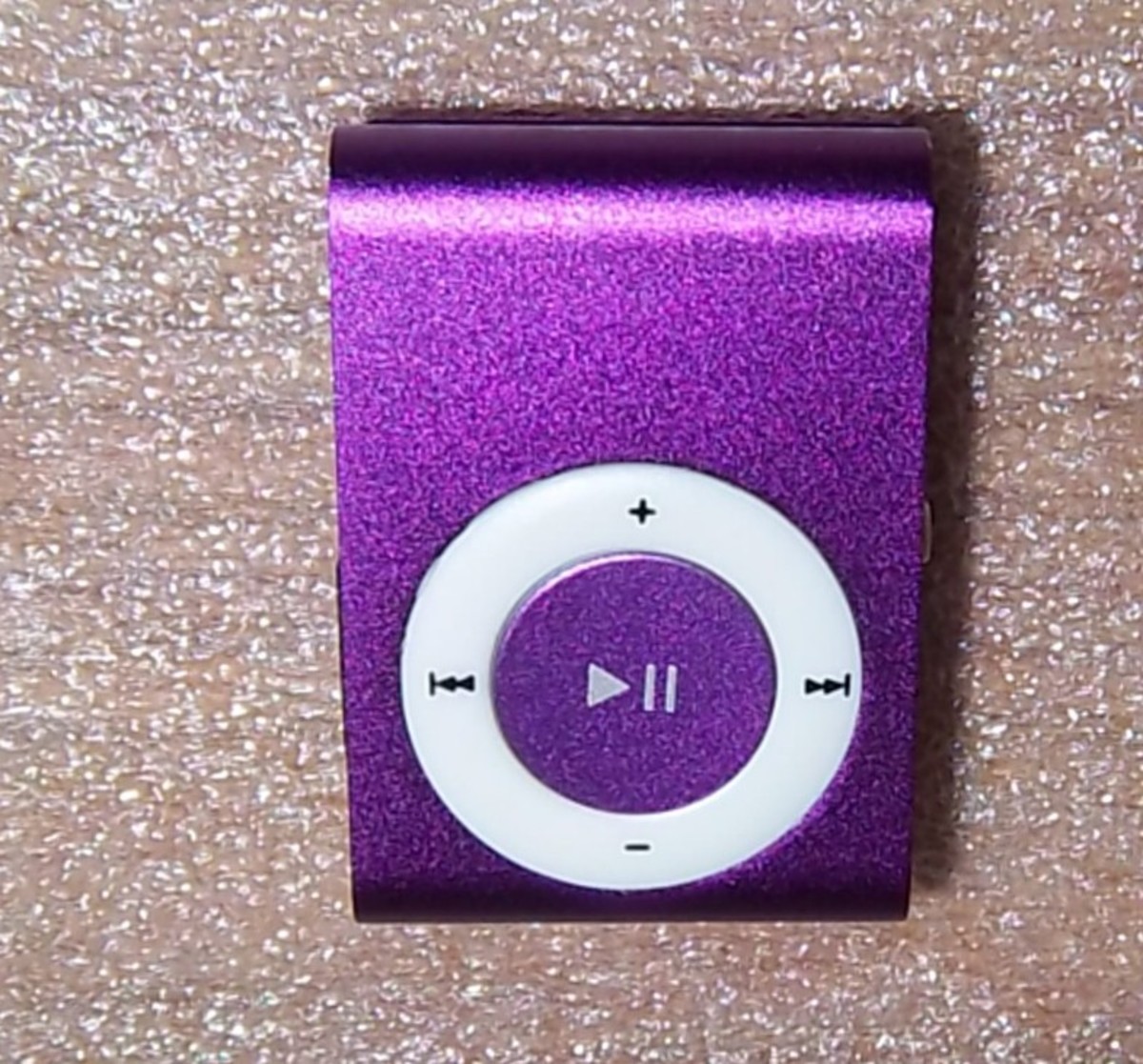The Tesoro Sand Shark Metal Detector: A Pulse Induction Detector for Beach, Water and Land
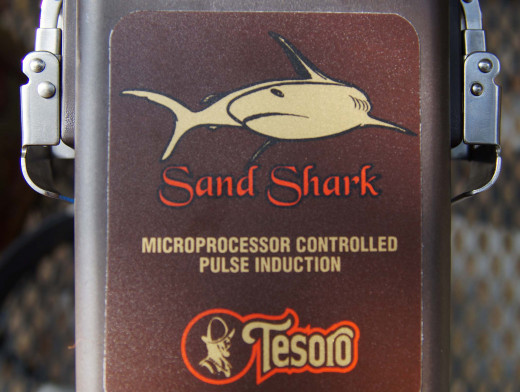
Those who are in the market for a pulse-induction metal detector that is also water-submersible should seriously consider the Tesoro Sand Shark. It competes with other notable detectors like the White's Dual Field, Detector Pro Headhunter, Garret's Infinitum, etc, but it comes in at a more competitive price - between $500 and $600 vs. $1000 or so. Metal detector enthusiasts find this model attractive because it is meant for use both in and out of the water at salt water beaches or in soils where there is high mineralization that blocks signals that can come from conductive metals. It is also attractive because the unit also comes with a lifetime warranty.
Below, I review several of the features of this metal detector, including the coils, the shaft and the controls. Regarding the controls, I have added a few user tips that help detectors get the most depth out of the machine. Other issues like battery life and pinpointing with the Tesoro Sand Shark are covered as well. For those who don't understand the different types of metal detecting machines, specifically why PI machines differ from VLF-type machines, there is also section on pulse induction vs. VLF metal detectors.
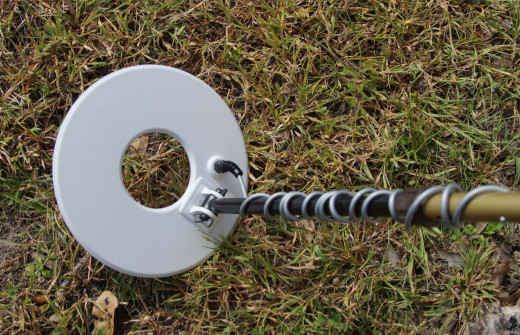
Search Coils of the Tesoro Sand Shark
There are three different coils that can come with this metal detector. Currently, a 10.5 inch coil comes standard. This is the largest coil and you can cover more territory with it than you can with the 7- and 8-inch coils. It is also believed that the 10.5 inch coil is better suited for finding less conductive targets like small gold chains, but the smaller coils are said to be better for pinpointing.
From user experience, it seems that there is not a lot of agreement that the smaller coils will find objects deeper in the ground. Smaller coils may also be useful when searching sites with narrow crevices. Thus, when diving or searching between rocks, the smaller coils may thus be more useful. Separately, you can buy an extra coil to adapt to different situations.
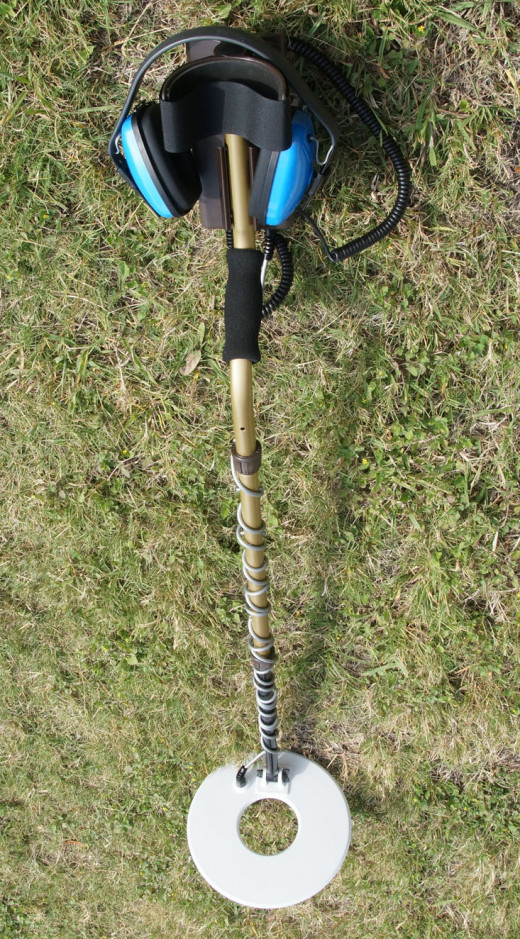
The Shaft
The three-piece shaft can become a two-piece shaft when the center portion is removed. This reduced-length shaft is great for diving. Because the shaft can be broken down, this makes the detector a portable unit that is suitable for traveling which can be put into a conventional suitcase. The shaft can be easily adjusted for height to fit an individual's needs as well.
I also like how there are pins on the shaft at two different points for mounting the control box. Overall, the shaft is a nice piece of engineering.

Tesoro Sand Shark User Tips
- To get the best depth, set it in NORMAL mode with the pulse width set to between 12 and 2:30 PM (some users say between 2-2:30 is optimum), and the threshold at 12 o'clock. Adjust the threshold around this setting for your hearing so that a hum is audible.
- Listen from breaks in the hum, or silent spaces - this can indicate really deep targets than can be up to 20 inches down.
- The cable from the coil should be firmly attached to the shaft. If you are in the water wading along the beach, it should not wiggle back and forth with wave action.
- To pinpoint, you can trace X-like patterns where signals appear, raise the coil up or back up until you lose the signal and then move the disk forward. The target should be under the coil edge where the signal reappears. These pinpointing techniques work well with other detectors, as well.
- Air tests don't work with PI machines. If you want to do tests, bury your targets.
- Experience is the best teacher in getting the most out of the machine. It leads to the ability to discriminate items like bobby pins and nails, although many say that digging everything is best because sometimes the signals can be misleading, that is, there could be a good target where a bobby pin signature is heard.
- Replace the batteries every 16 hours, don't rely on the battery test feature. Log your time on each battery set.
Pulse Induction vs. VLF Metal Detectors
Pulse induction (PI) detectors are preferred over VLF detectors, the original detector technology. On saltwater beaches, because the salt water produces a high background signal on VLF machines, it is difficult to ground the detector and provide a clear signal when metals are present. Pulse induction technology is not affected by this phenomenon and these detectors do not have to be grounded before use.
Because of soil mineralization, VLF detectors must be ground balanced. Not having to adjust a PI detector is especially useful in areas where mineralization changes occur frequently.
Users of PI machines frequently say to dig everything, while VLF (single frequency, usually) and BBS (multifrequency) detectors prefer to choose what they dig. It can simply boil down to where you are doing your target searching. In the case of salt water areas that have a lot of iron targets like nails, etc., it makes sense to choose a BBS detector like an Excalibur or a GT Sovereign to help discriminate, or eliminate digging of these items. But these models run over $1000 each.
If you are doing treasure hunts on dry sand, many users prefer a VLF machine because of the increased possibility of finding junk iron targets. But, wet sand metal detecting is best done with either a PI or a BBS-type machine because of the ability to overcome the background mineralization interference.


